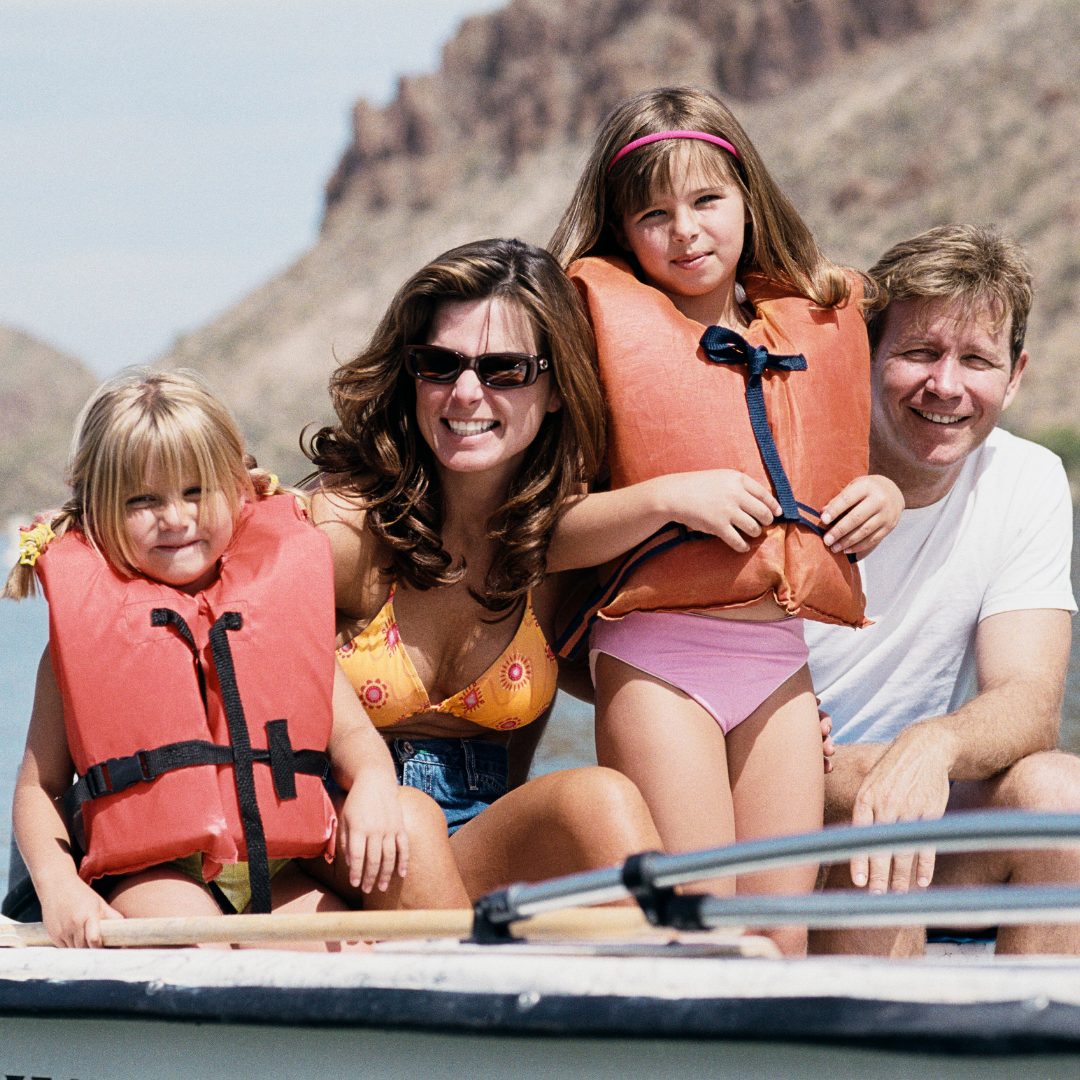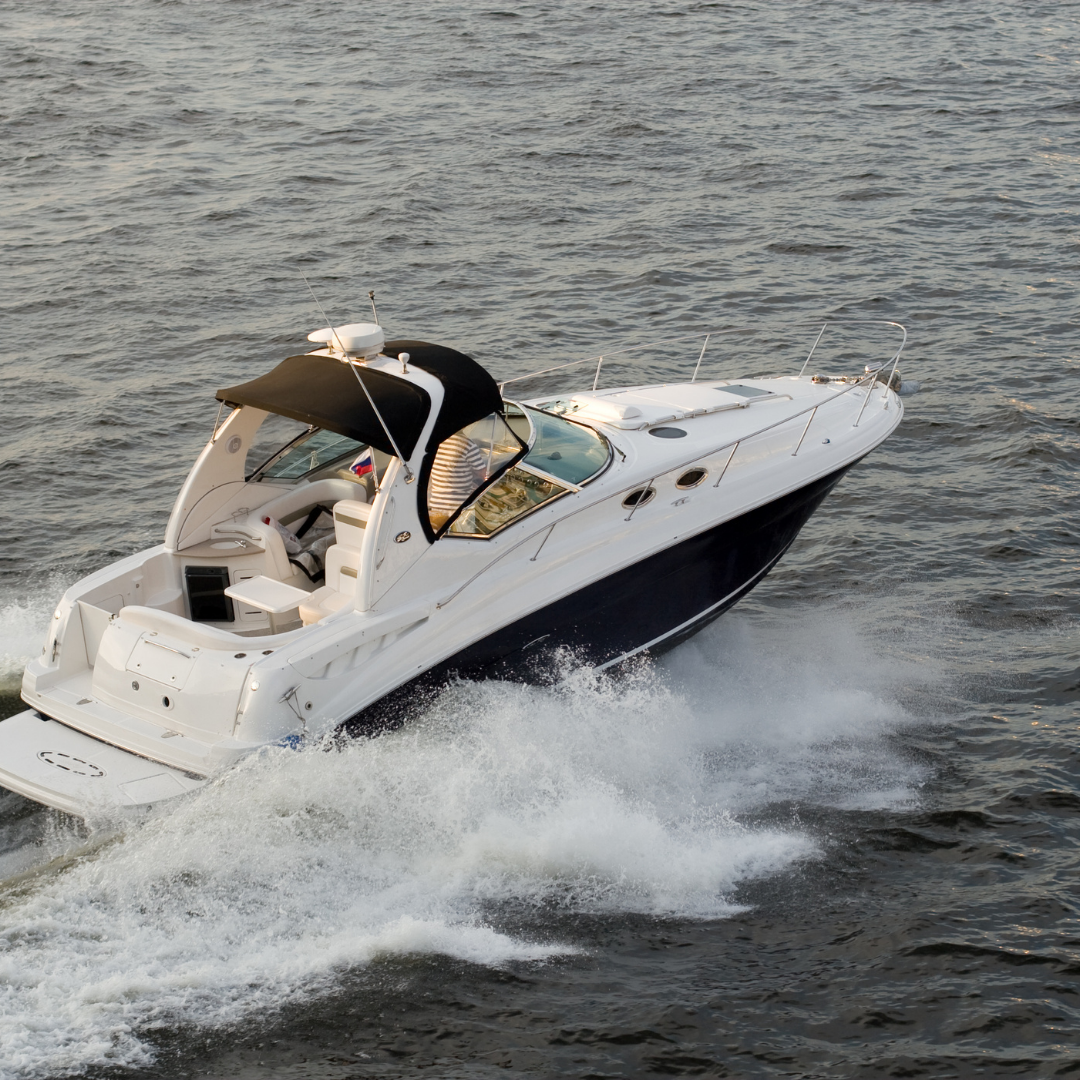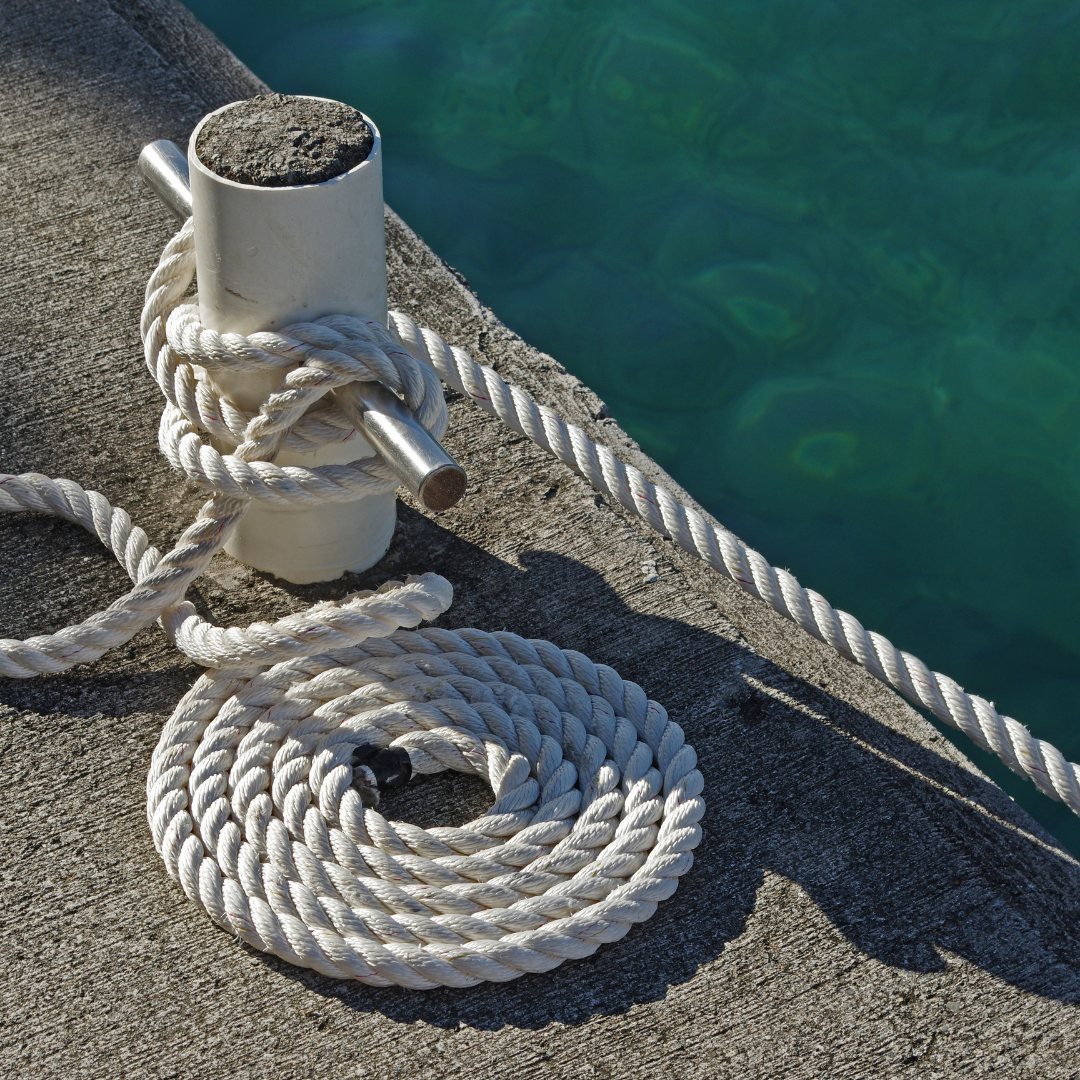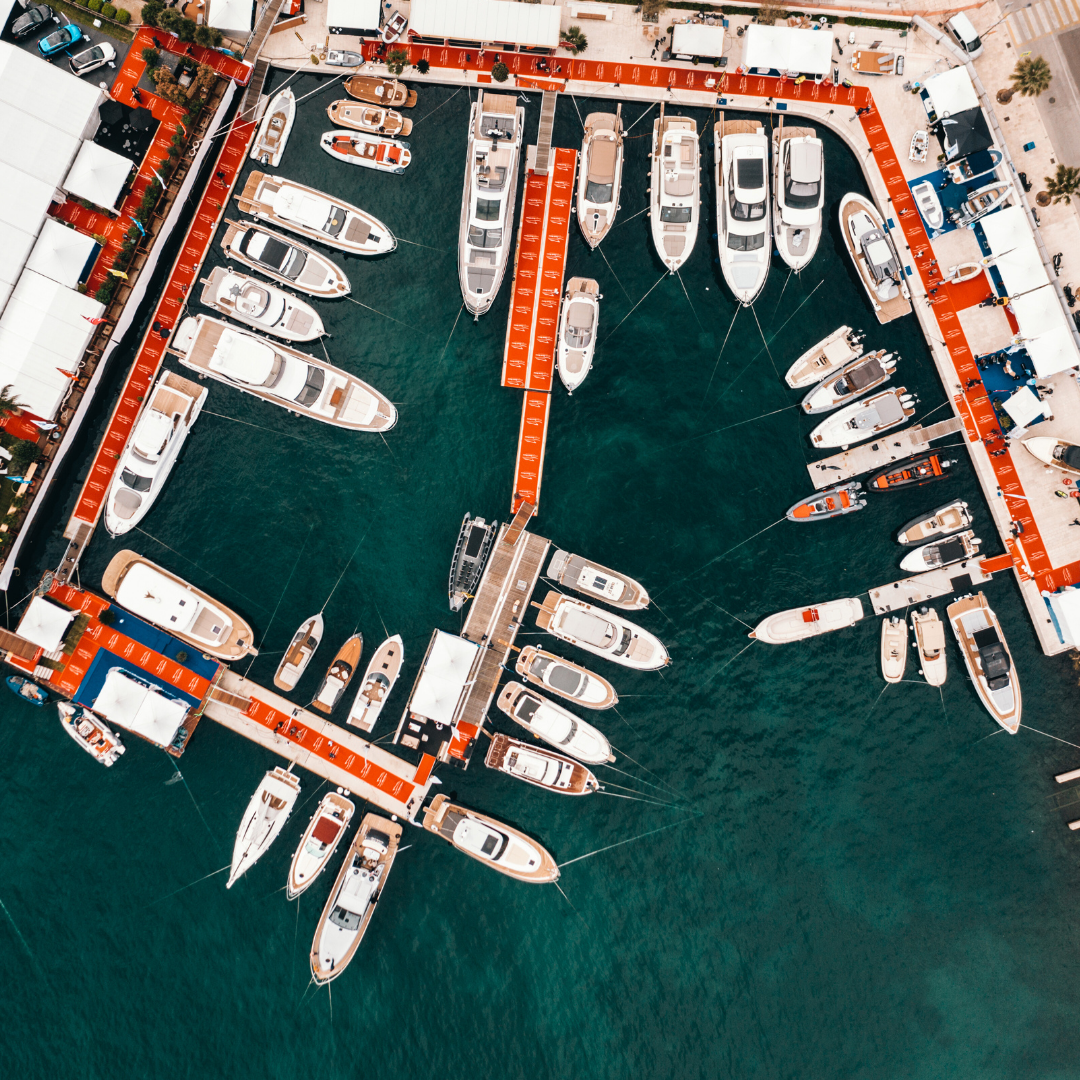The Importance of Life Jackets: Choosing the Right Type and Fit

The blue expanse of the sea, the gentle lapping of waves, and the thrill of water activities often mask the inherent dangers of aquatic environments. While the water offers endless fun and adventure, it also presents risks that demand respect and caution. At the forefront of water safety is a seemingly simple piece of gear – the life jacket. Its importance cannot be overstated, and choosing the right type and fit is paramount. In this guide, we’ll delve deep into understanding the life jacket, its pivotal role, and the nuances of making the right choice.
The Lifesaving Role of Life Jackets
The primary purpose of a life jacket is buoyancy. It provides the wearer with the ability to stay afloat, reducing the risk of drowning. Drowning can occur swiftly and often silently. Even the most experienced swimmers can face challenges, such as strong currents or unexpected injuries, where a life jacket becomes indispensable. Furthermore, life jackets are designed to keep the wearer’s head above water, ensuring that the airway remains clear. In cold waters, they provide an added advantage by delaying the onset of hypothermia.
Different Types of Life Jackets and Their Uses
Life jackets, also known as Personal Flotation Devices (PFDs), come in various designs tailored to specific activities and conditions:
Type I (Offshore Life Jacket): Best suited for open waters where rescue might be delayed. They provide the highest buoyancy and can turn most unconscious individuals face up in the water.
Type II (Nearshore Buoyant Vest): Ideal for calm inland waters and situations where swift rescue is probable. It may not turn some unconscious wearers face up.
Type III (Flotation Aid): For those who prefer more freedom and comfort, perfect for water sports and activities in waters with a high likelihood of fast rescue.
Type IV (Throwable Device): These are cushions or ring buoys thrown to someone in distress. They aren’t meant for unconscious persons, non-swimmers, or children.
Type V (Special Use Devices): Designed for specific activities, like kayaking or waterskiing. They should only be used for their intended activity.
Proper Sizing: Ensuring a Secure and Comfortable Fit
A life jacket’s efficacy heavily depends on its fit. An ill-fitting jacket might not provide sufficient buoyancy or could even slip off. When trying on:
Check Weight and Chest Size: These are the primary determinants for sizing.
Fasten All Straps and Zippers: Ensure it fits snugly but allows room for movement.
Test in Water: If possible, test the life jacket in a controlled environment to ensure it keeps you afloat satisfactorily.
Children and Life Jackets: Special Considerations
Children require life jackets designed specifically for them. Adult jackets aren’t suitable, even if they seem to fit. Key considerations include:
Weight Categories: Infant (Up to 30 lbs), Child (30-50 lbs), and Youth (50-90 lbs).
Additional Safety Features: Such as head support or a grab handle.
Crotch Straps: These prevent the jacket from riding up.
Maintenance and Care: Ensuring Optimal Functionality
Maintenance and care play a pivotal role in guaranteeing the longevity and effectiveness of life jackets. Negligence can result in a compromise of the jacket’s buoyancy material, ultimately risking its primary function of saving lives. To ensure a life jacket remains in optimal condition, several steps should be observed:
- Routine Inspections: Before and after every use, the life jacket should be thoroughly examined for visible damage, such as rips, tears, or holes. Special attention should be given to buckles, straps, and zippers to ensure they function seamlessly.
- Avoid Direct Sunlight: Prolonged exposure to direct sunlight can weaken the fabric and the buoyant material of a life jacket. When storing, choose a cool, dry place, away from direct UV rays.
- Rinse After Use: Especially after exposure to salt water or chlorinated pools, life jackets should be rinsed with fresh water. Salt and chlorine can degrade materials over time.
- Proper Storage: Never place heavy objects on top of a life jacket. This can compromise its internal structure. Hang them up or lay them flat for storage.
- Replace When Necessary: No matter how well a life jacket is maintained, it doesn’t have an infinite lifespan. If a jacket shows signs of severe wear, or if it no longer floats effectively, it’s time for a replacement.
By diligently observing these care practices, one ensures not only the longevity of their life jacket but also its ability to function when most needed.
Regulations and Requirements: Knowing the Law
Navigating the waters isn’t just about understanding currents and tides; it’s equally crucial to navigate the rules and regulations associated with water safety. Life jacket regulations differ depending on the jurisdiction, but some common themes pervade:
- Mandatory Onboard Presence: Most jurisdictions mandate that vessels must have a sufficient number of life jackets for every passenger on board.
- Age-Based Rules: Often, children below a certain age are required to wear life jackets at all times when on a boat.
- Activity-Specific Regulations: Some activities, like jet-skiing or white-water rafting, might have specific life jacket requirements.
- Type-Specific Rules: Depending on the water type (e.g., calm waters vs. rough seas), different types of life jackets might be required.
- Periodic Inspection Requirements: In certain regions, life jackets on commercial vessels might need to undergo periodic inspections by authorized personnel.
Ignorance isn’t bliss when it comes to the law. Penalties for non-compliance can range from fines to vessel impounding, and in some cases, even imprisonment. More than the legal repercussions, knowing and following the law ensures the safety of everyone on board.
The “Wear It” Campaign: Promoting Life Jacket Usage
While many might assume the mere presence of life jackets on a vessel equates to safety, statistics paint a more somber picture. A significant number of drownings happen even when life jackets are available onboard, primarily because they weren’t worn. The “Wear It” campaign was birthed from this stark reality.
- Origin and Purpose: Spearheaded by boating safety advocates, the “Wear It” campaign’s primary message is simple yet powerful: Don’t just keep it, wear it!
- Raising Awareness: Through media promotions, events, and collaborations, the campaign has shed light on numerous real-life incidents where life jackets have proven their worth.
- Changing the Narrative: By showcasing testimonies of survivors and emphasizing near-miss incidents, the campaign endeavors to change the mindset from ‘it won’t happen to me’ to ‘better safe than sorry.’
- Promotion Across Platforms: The campaign utilizes various platforms, from social media to television, to reach a diverse audience, making it one of the most recognized safety campaigns globally.
- Endorsements and Partnerships: The “Wear It” campaign has also partnered with celebrities, influencers, and marine professionals, further cementing its message in the public psyche.
The essence of the “Wear It” campaign transcends promotional materials and media spots. It’s a clarion call to the boating community, emphasizing that safety isn’t just about equipment but how we choose to use it.
The sanctity of life is paramount, and when it comes to water activities, a life jacket stands as the sentinel guarding that sanctity. While the thrill of the waves and the allure of adventures beckon, it’s the humble life jacket that ensures our stories continue beyond the water’s edge. By understanding its importance, choosing the right type, ensuring a proper fit, and adhering to safety guidelines, we not only show respect to the water but to the lives we hold dear – including our own.


